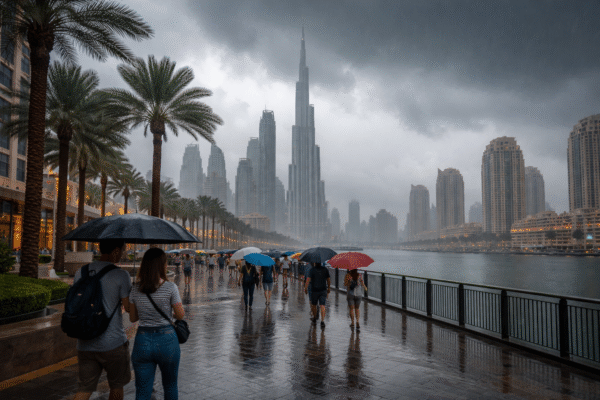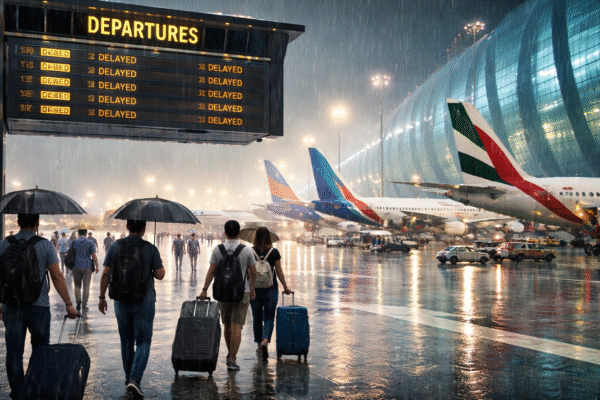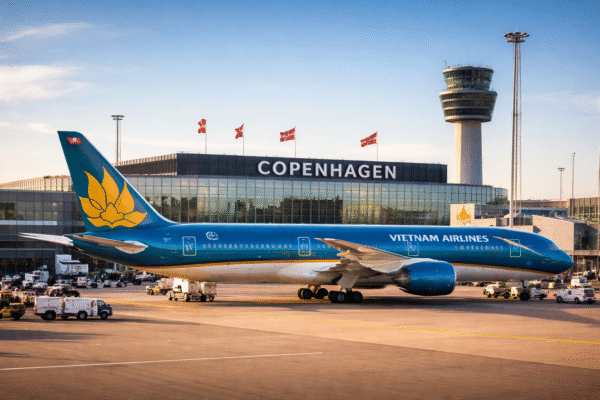Colorado has officially joined the ranks of several major US tourism hotspots—New York, Nevada, California, Florida, Hawaii, Montana, New Hampshire, and Texas—in experiencing a significant tourism downturn in 2025. The decline is attributed to a combination of factors: a sharp drop in international arrivals, rising airfare costs, the strong US dollar, and shifting global travel patterns.
Tourism-dependent states are now bracing for the economic fallout, as fewer international visitors translate into billions of dollars in lost revenue, weaker hotel occupancy, and reduced restaurant and retail sales. For destinations that rely heavily on seasonal tourism, such as Colorado’s mountain resorts or Hawaii’s beaches, the impact is particularly alarming.
Colorado: Rocky Mountain Tourism Declines
Colorado, celebrated for its world-class ski resorts and summer mountain escapes, is facing steep losses in international tourism. According to state tourism officials, European arrivals have fallen by 39% compared to 2024, while Canadian visitors are down an astonishing 58%.
Mountain towns like Aspen, Vail, and Breckenridge—normally bustling with high-spending international travelers—are reporting quieter summers, with reduced hotel bookings, fewer restaurant patrons, and softer retail sales. Local leaders note that the slowdown is already hitting municipal budgets dependent on tourism-related sales tax.
“Visitor spending is our lifeblood,” said one Colorado mountain town mayor. “When international guests don’t come, it’s not just hotels and restaurants that feel it—our schools, emergency services, and public works also take the hit.”
New York: Billions Lost in the Big Apple
New York City, long the top entry point for international visitors to the US, is projecting a 17% decline in overseas arrivals in 2025. That equates to nearly 2 million fewer visitors and an estimated $4 billion in lost spending.
If the downturn deepens to 25%, the city could see losses surpassing $6 billion, rippling across Times Square hotels, Broadway theaters, Fifth Avenue retailers, and even public transportation. The city’s tourism bureau has already scaled back growth targets and is preparing for a challenging recovery.
Nevada: Las Vegas Sees Visitor Drop
Las Vegas, a global tourism powerhouse, is also reporting worrying figures. In June 2025, visitor numbers were down by 400,000 compared to June 2024—an 11.3% monthly drop. Year-to-date figures show a 7.3% decline in total arrivals.
Hotel occupancy, historically around 85%, has slipped to 78.7%, a major red flag for a city that depends almost entirely on tourism revenue. Casinos, live entertainment, and convention centers are all reporting reduced activity.
California & Florida: Gateway States Under Pressure
California and Florida, often the first stops for international travelers, are experiencing notable contractions.
- California is reporting weaker demand from key markets including the UK, South Korea, and Germany. This has hurt both leisure tourism and the lucrative convention industry in Los Angeles and San Francisco.
- Florida is seeing sharp declines in visitors from Latin America and Europe. Miami International Airport processed 400,000 fewer passengers in the first half of 2025, while Orlando’s theme parks are facing reduced international attendance despite strong domestic demand.
Hawaii: Slow Recovery After Wildfire
Hawaii’s recovery remains uneven nearly two years after the 2023 Lahaina wildfire devastated parts of Maui. While the average visitor is spending more per trip, total arrival numbers remain well below pre-crisis levels. This imbalance makes it difficult for Hawaii’s economy to fully recover, as higher per-visitor spending cannot compensate for fewer arrivals overall.
Montana & New Hampshire: Canadian Travel Declines
Border states reliant on Canadian visitors are experiencing some of the most dramatic drops.
- Montana: Canadian visitor spending in Kalispell fell 37% per month, while Whitefish hotels saw a 25% decline. Glacier National Park, once a top destination for Canadians, is recording unusually quiet summers.
- New Hampshire: Canadian arrivals have dropped by 30%, impacting hotel bookings, seasonal festivals, and lakeside tourism businesses.
Texas: Houston’s Post-Surge Struggles
Houston, Texas, saw a 20% drop in tourism in 2025 after a temporary surge in 2024, when Hurricane Beryl evacuees filled local hotels. With international arrivals now declining as well, the city’s hospitality sector faces significant pressure.
National Outlook: A $12.5 Billion Decline
Across the country, international visitor spending is expected to fall from $181 billion in 2024 to $169 billion in 2025, representing a $12.5 billion loss. Arrivals from Canada are forecast to decline by 20.2%, while visitors from Europe are down 17% and Latin America down 10%.
High airfare costs, a strong US dollar, and global political uncertainties are all discouraging international travel to the US. Some Canadian and European markets also reflect political sentiment, with travelers opting for alternative destinations perceived as more affordable or welcoming.
Warning Signs for Local Economies
Tourism is one of America’s largest service exports, supporting millions of jobs across hospitality, retail, transportation, and entertainment. States like Colorado, Nevada, Hawaii, and Florida, where tourism represents a major share of the economy, are particularly vulnerable.
If current trends continue, 2025 could mark a turning point for US tourism—shifting from a driver of growth to a drag on state and local economies. Policymakers and industry leaders are now debating how to adapt, whether through targeted international marketing, currency incentives, or diversifying into domestic tourism campaigns.
For more travel news like this, keep reading Global Travel Wire
















